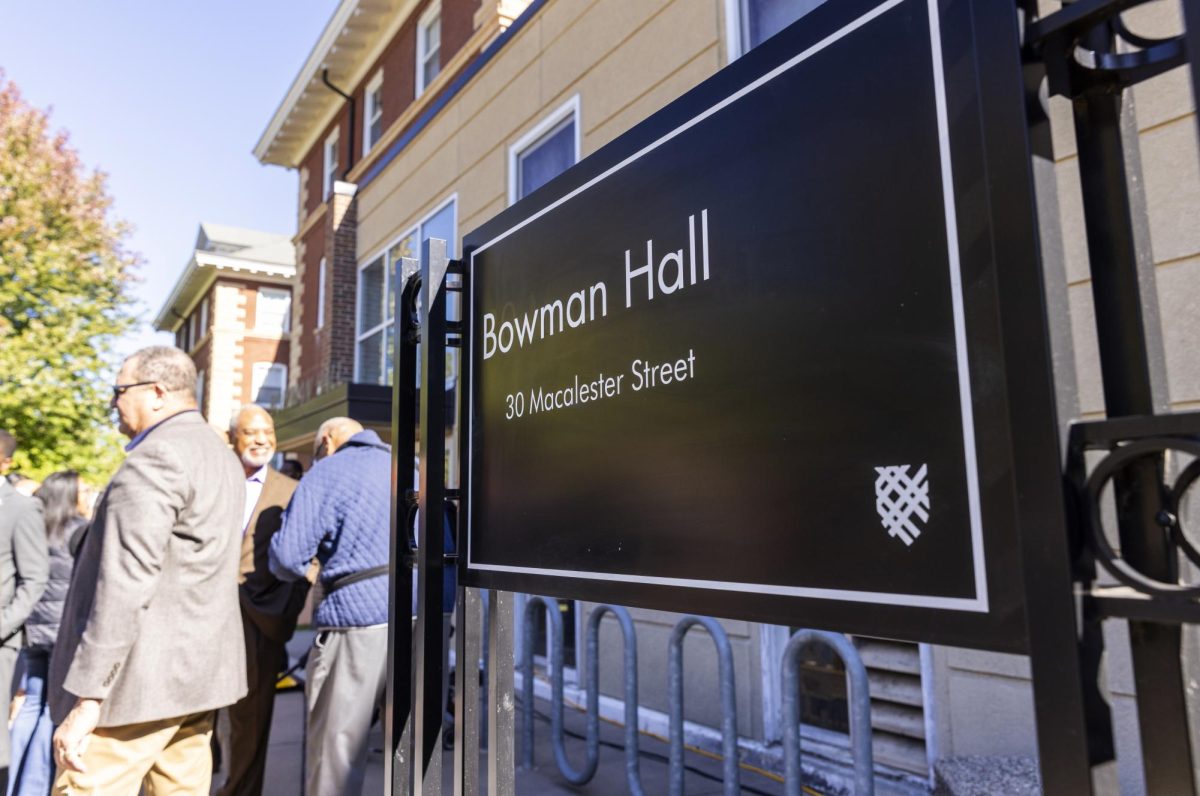One of the most frustrating things about buying any product is fighting to open it. Once you’ve torn through the outer layer of plastic and cut open the box, you use your sharp object of choice to dislodge plastic zip binds, twist ties, plastic casing, shrink wrap…would you think you had to pay extra for all that packaging? The truth is, you probably do pay more for all that plastic—it’s expensive, bulky, and once it gets tossed, it will sit around in landfills for who knows how long. EPA estimates some 70 million tons of packaging is thrown away every year—that’s more than any other category of waste, and it’s on the rise! So what can you, the consumer, do about it? Here are some tips for spending money only on what you need, not what you throw away.
Buy bulk
No, this doesn’t mean stocking up on 43 boxes of cereal at Costco. Look for the bulk section at your grocery store or co-op. When stores sell things in bulk they don’t come with self-containing packaging, so there’s no waste! Use paper bags or boxes provided at the store (compostable and recyclable!) or for extra points bring your own container from home. Old jars, cloth or canvas bags or containers that once held food and now sit in your Tupperware drawer are perfect for the job.
Minimal wrapping
Look for products that aren’t packaged individually. An easy trap to fall into is buying a box of something that has single wrapped items inside, like tea. If you’re going for prepackaged tea, try a company like Celestial that uses a compostable bag, no tag, string, staple or individual wrapper. Additionally, Sprint is committed to sustainable packaging by reducing the weight and volume of their product wrapping, saving 637 tons of waste and $2.1 million in accessory packaging costs annually. Avoid waste by buying the product, not five layers of unnecessary packaging.
Products that package themselves
The most inspirational design project I saw this week was Aaron Mickelson’s idea to eliminate packaging all together by highlighting the possibility to have products that are self contained. Try looking for products like these that have no waste at all!
Escape petroleum
If you’re choosing between two products, go for anything that has little to no plastic. The drugstore is a great example of a place where you are faced with a lot of options and your decision may seem overwhelming. Look for the BPI (Biodegradable Products Institute) signature on products and packaging—that’ll guarantee it’s compostable! Keeping a paper-over-plastic rule is a good way of narrowing your decision down to a product with a smaller environmental footprint. Paper is compostable and recyclable, while plastics are petroleum-intensive to produce and get rid of.
Less trash is always better. As far as environmental footprint goes, sometimes what you throw away makes a bigger statement than what you use. You can make a difference by eliminating packaging waste and spend money on the product rather than the packaging.






Keith Pullman • Sep 11, 2019 at 3:53 pm
Thank you for some other great post. Where else may anybody get that type of information in such an ideal means of writing? I have a presentation next week, and I’m on the look for such info.
Julia MacLeod • Sep 10, 2019 at 10:07 am
Nice blog here! Also your site so much up fast! What host are you the use of? Can I am getting your associate link to your host? I wish my website loaded up as fast as yours lol
Eric Blake • Sep 5, 2019 at 12:09 pm
Hello to every body, itís my first pay a visit of this web site; this website includes amazing and in fact fine data in support of visitors.